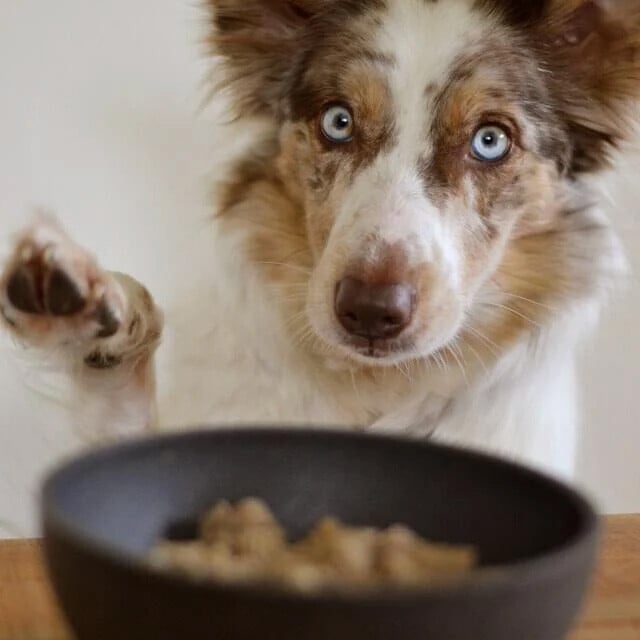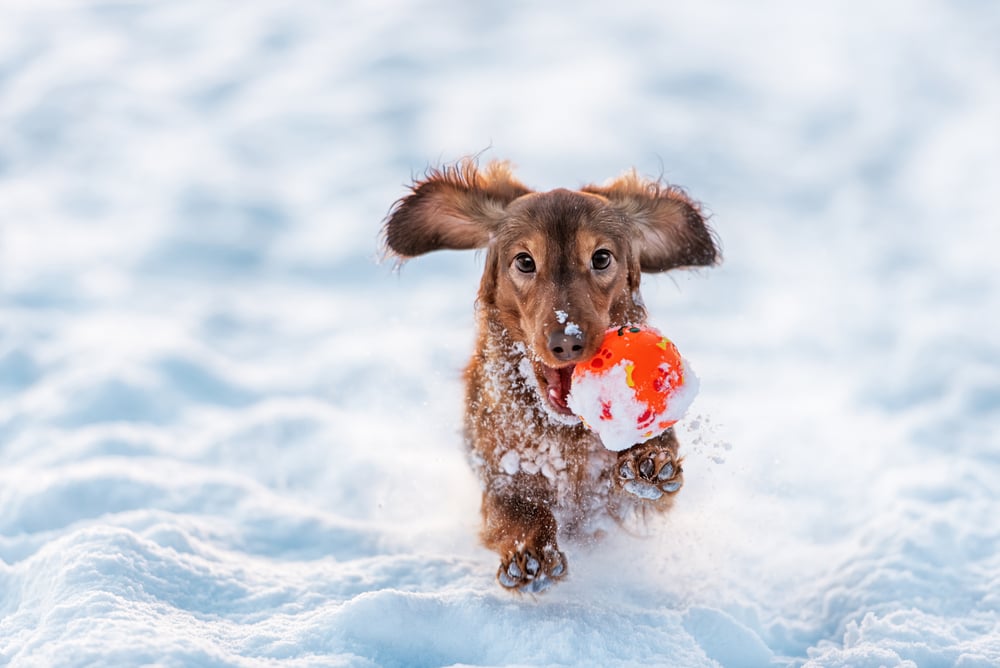5 Signs of Joint Issues in Cats and Dogs
March 14, 2021
Written By: VetriScience
Does your cat or dog struggle to run, jump or even walk like they used to? Joint health issues not only dampen your best buddy’s playful personality but also affect their quality of life.
Like every pet parent, you want your four-legged friend to feel their best every day. That’s why it’s critical to monitor your pet’s joint health, especially for seniors and breeds pre-disposed to joint conditions.
By looking out for the following symptoms, you can be proactive about your pet’s long-term joint health.

1. Limping or Difficulty Moving
Limping or difficulty moving is an indication that your pet is experiencing joint health issues.
Dogs may lag behind during walks, struggle to climb stairs or need help getting into the car. You may find that Fido doesn’t enjoy playtime or a game of fetch as much as he did in the past. If your dog struggles with every day activities, you should consult with a veterinarian to discuss your options.
Cats, on the other hand, are experts at concealing discomfort and may not limp or show outward signs of joint health issues. But, your kitty may find it difficult to posture, jump onto furniture or climb into the litter box when joint issues arise.
If your pet isn't moving as well as they used to, consider adding a joint supplement to help support healthy and comfortable movement.
2. Increased Sleeping
It’s hard to get out of bed when you’re not feeling well and that’s just how your pet feels when their joints are aching. You may find that it takes your dog longer to recover after walks or they get tired much quicker than usual. Sore or tender joints make moving around much more difficult and tiring for pets. This will inevitably lead to lethargy, sleeping more and a reluctance to play or exercise.

3. Behavior Changes or Irritability
Is your furball not acting like their usual self? Behavior changes are your pet’s way of telling you that something is wrong.
In this case, you may find that your dog growls more easily or your cat is quicker to scratch or bite. Joint discomfort may also lead to inappropriate elimination and an aversion to petting especially when the affected areas are touched.
4. Weight Gain or Muscle Loss
Your pet may actually gain weight if they remain on the same diet but aren’t getting their typical amount of exercise. Added weight can increase stress on joints and cartilage which will only worsen existing joint problems.
Joint issues may also result in loss of muscle strength due to a lack of activity and muscle usage. The resulting loss of muscle mass will make hind legs look thinner as dogs often favor their front legs. Adding a quality joint supplement like GlycoFlex can help promote comfort and mobility to help keep them exercising!
5. Excessive Grooming
Another way that joint issues can manifest themselves is through excessive grooming. You’ll notice that your cat or dog is constantly attending to their ailing joints. An increased amount of licking, biting or chewing of affected areas may indicate a joint issue that requires your attention.

Topics: Supplements, joint health, glycoflex, General Animal Health




